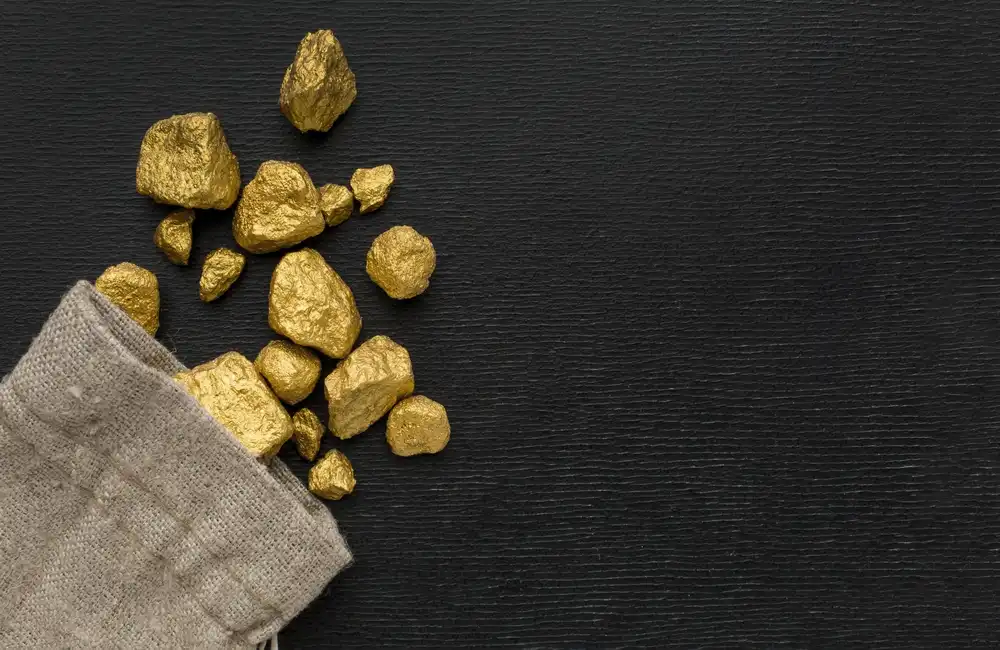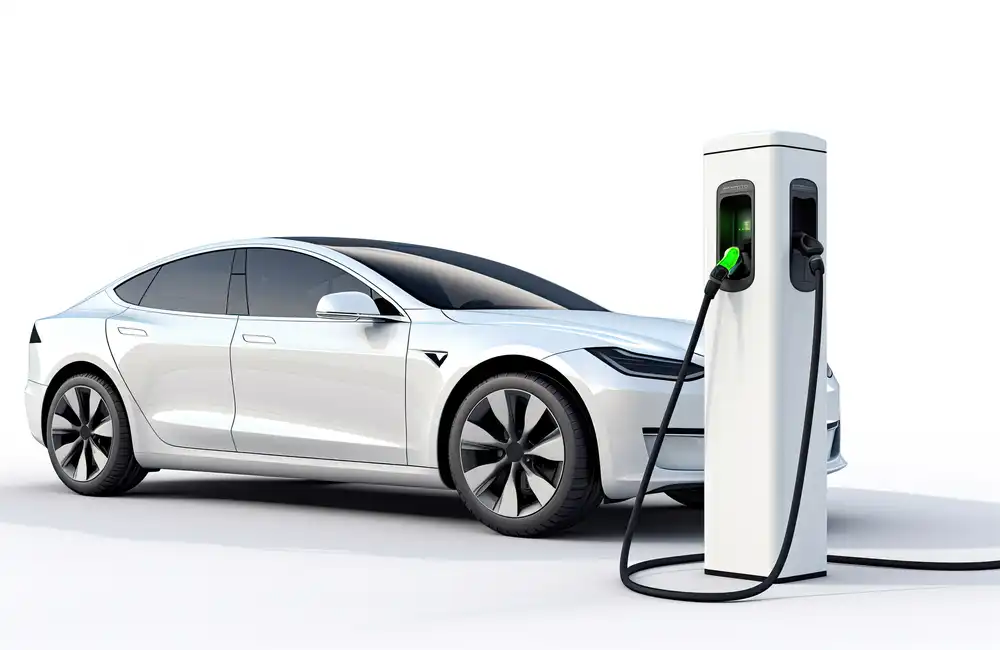Copper production from Glencore fell 5% year on year in 2021 to 1.2 million mt, largely because of the previously announced disposal of the Mopani operation and lower grades at Antapaccay, which were to some extent offset by minimization of lower copper by-products from aging zinc and nickel mines, the company said in in its full year production report published Feb. 2. However, cobalt production soared year on year by 14% to 31,300 mt after Glencore began a phased restart of Mutanda in the DRC.
“The operating environment was challenging in 2021 … The need for production to be maintained in 2021 was all the more important given higher demand for many of our products, which are critical to decarbonisation, energy supply and industrial output,” Glencore Chief Executive Gary Nagle said.
“Overall our operations broadly performed in line with guidance expectations,” he said.
The results for 2021 were marginally below the raised copper and cobalt production guidance of 1.22 million mt and 35,000 mt, respectively, announced in a December investor update, on the back of solid performance at Katanga, and the Mutanda mine returning to production.
Glencore raised its 2022 guidance in December too, outlining at the time that it expected copper production to reach 1.15 million mt in 2022, 1.18 million mt in 2023, and 1.12 million mt in 2024.
Cobalt production was previously estimated at 48,000 mt in 2022, then at 50,000 mt/year in 2023 and 2024.
The 2022 forecasts remained in the full-year report, however, for Glencore.
Zinc & Nickel Production Down
For zinc, Glencore's output dropped 4% on the year to 1.1 million mt, primarily reflecting the expected decline of the Maleevsky in Kazakhstan, a slower than planned ramp-up of the Zhairem mine and lower grades at the Kidd operation as well as the Mount Isa mine producing extra metal from ore stockpile drawdowns in the base period, the company said.
Nickel production for 2021 fell 7% year-on-year at 102,300 mt after a protracted scheduled statutory shutdown at Murrin Murrin and also maintenance problems.
Production guidance for zinc and nickel for 2022 was unchanged at around 1.11 million mt and 115,000 mt, respectively.
In its December investor update, Glencore forecast nickel output of 120,000 mt in 2023, and 135,000 mt in 2024 and zinc output of 1.11 million mt in 2023 and 915,000 mt in 2024.
Lead output also fell 14% to 222,300 mt, but no guidance was given for 2022.
The other metal to see a year-on-year increase beyond cobalt was ferrochrome, production of which rose to 1.5 million mt from 1.05 million mt in 2020, Glencore said it anticipated producing about 1.46 million mt ferrochrome this year and 1.48 million mt/y in 2023 and 2024.
The guidance was also for lower output of precious metals gold and silver at 31.5 million oz of silver, down 4% year-on-year, and 916,000 oz of gold, down 12%.
Coal Output Lower
Overall coal production decreased 3% on the year to 103.3 million mt, which Glencore said was partly due to Prodeco in Colombia being under care and maintenance, lower domestic power demand and a lack of export rail capacity in South Africa, although it added the fall was offset by an earlier-than-expected return to production at Cerrejon in Colombia, after a COVID-19 suspension and an earlier strike in 2020.
Coking coal output for the year jumped 20% on the year to 9.1 million mt, while semi-soft output fell 2% to 4.5 million mt and thermal coal output was down 5% on the year at 89.7 million mt.
Glencore reported it expected to produce about 121 million mt of coal over 2022, but did not break down between the various types.
The company opened 2022 by finalising the acquisition of the one-third of the Cerrejon coal mine it did not already own, as well as finalising the divestment of its Ernest Henry copper mine.
By 2050, Glencore intends to operate a net-zero emissions company across Scope 1, 2, and 3 emissions.




















